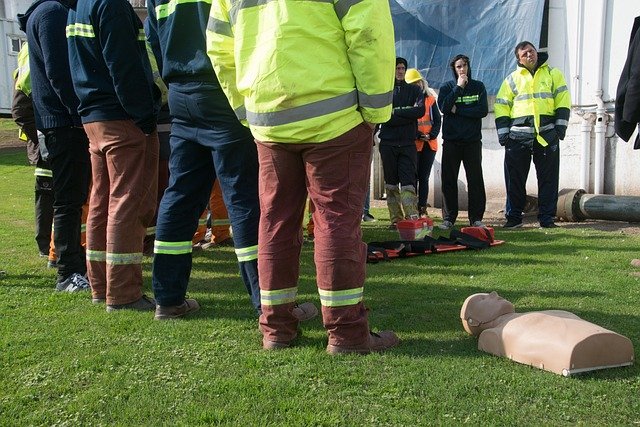Digital Resources and Courses to Build Maritime Competence
Access to digital resources and structured courses can accelerate the development of maritime competence for recreational and professional mariners. Online modules covering seamanship, navigation, safety, and regulatory compliance complement hands-on practice and prepare candidates for certification exams and practical assessments.

Seamanship and competency
Effective seamanship blends practical skill with judgment; digital courses can teach foundational concepts before time on the water. Online modules often cover line handling, anchoring techniques, crew management, and routine procedures that build competency in a controlled sequence. Look for structured curricula that include videos, step-by-step demonstrations, and scenario-based quizzes to reinforce decision-making. These resources serve as a reference for new skippers and crew, helping bridge the gap between classroom knowledge and practical application while encouraging safe habits during real-world practice.
Navigation and charting
Modern navigation training pairs traditional chart plotter skills with electronic charting and GPS use. Courses typically explain chart symbols, compass use, plotting courses, tide and current considerations, and waypoint management. Interactive charting exercises and simulated passages allow learners to practice route planning, collision avoidance, and position fixing without risking a vessel. Emphasizing both paper chart techniques and digital tools ensures redundancy and improves situational awareness at the helm, which is essential for competent navigation under varied conditions.
Safety and maintenance
Safety-focused digital content covers personal safety, emergency procedures, equipment checks, and basic vessel maintenance. Training that includes routine maintenance checklists, engine basics, electrical system overviews, and preventative care can reduce the likelihood of breakdowns. Safety modules should address lifejackets, fire response, man-overboard recovery, and distress communications. Combining theoretical safety knowledge with scheduled hands-on maintenance practice reinforces reliable upkeep routines and supports the longevity and seaworthiness of vessels.
Certification, exams, and training pathways
Many jurisdictions require certification or a boating license to operate certain vessels; digital preparatory courses can help candidates pass written exams and practical assessments. Look for training that maps directly to local certification requirements, reviews exam topics, provides mock tests, and clarifies documentation needed for submission. While online study supports knowledge acquisition, confirm how practical assessments are arranged locally, whether through affiliated trainers, licensed instructors, or approved testing centers, to complete any mandated competency demonstrations.
Training, compliance, and regulations
Regulatory compliance and awareness of maritime laws are central to responsible boating. Quality courses explain relevant regulations, safety obligations, and environmental rules that apply to different classes of vessels. They also discuss flag-state or local variations, licensing thresholds, and certification renewal requirements. Regularly updated digital content helps mariners stay current with changes in regulations and compliance expectations, and many platforms offer notifications or refresher modules to maintain awareness over time.
Vessels, skipper, and helm responsibilities
Training aimed at skippers and helmsmen focuses on command skills, watchkeeping, crew delegation, and risk assessment. Course materials that cover vessel types, loading and stability considerations, and helm techniques give prospective skippers the context needed to make informed decisions. Simulations and scenario-based training help refine judgment in congested waterways, adverse weather, and mechanical issues. Understanding the responsibilities of leadership at the helm supports safe operation and promotes a culture of shared competence among crew members.
Conclusion
Digital resources and structured courses provide a practical pathway to building maritime competence when paired with supervised on-water practice. By combining seamanship fundamentals, navigation and charting skills, safety and maintenance knowledge, and clear guidance on certification and compliance, learners can develop the competency required to operate vessels responsibly. Regular study, local practical experience, and attention to regulatory updates form the foundation of sustained maritime capability.






